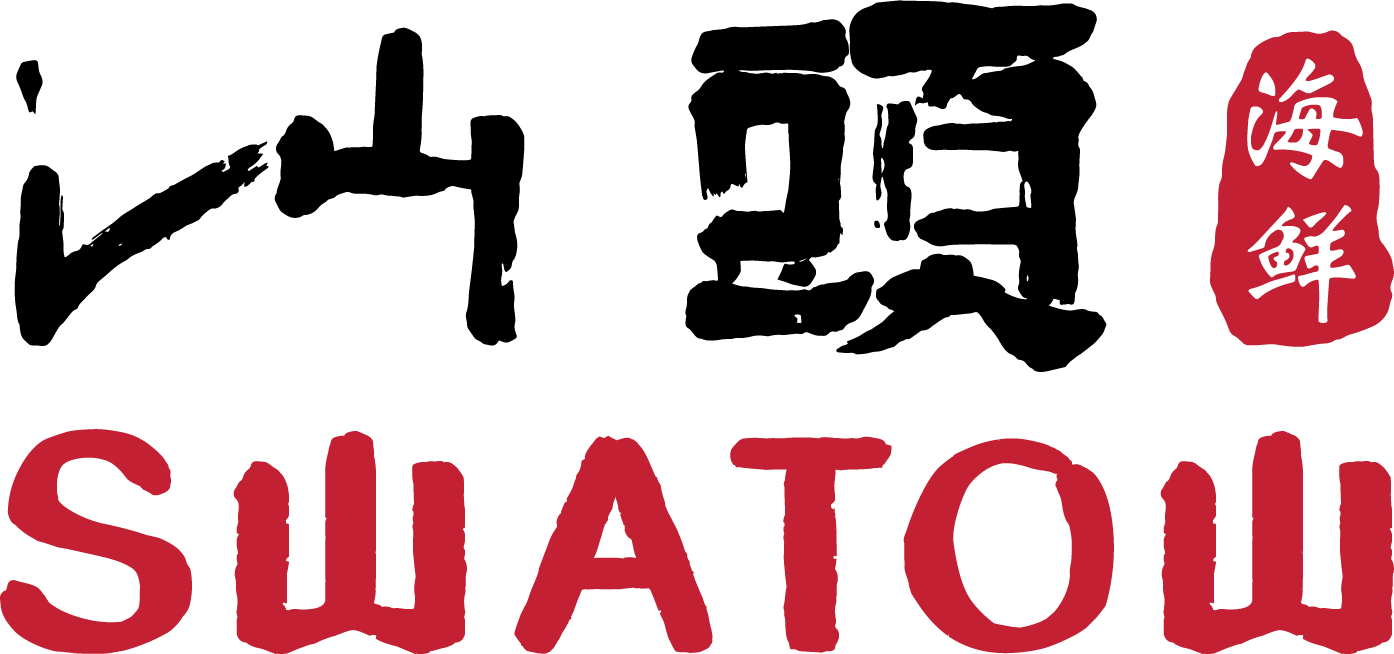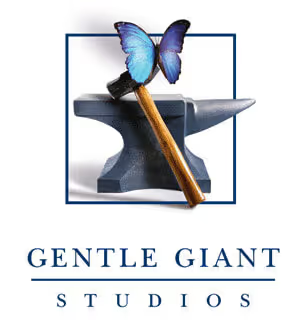Customer Profile
Sensocore, a Singapore-based company under Camtech Diagnostics subsidiary , specializes in automated water sensor systems designed to monitor and maintain water quality for aquaculture environments. Their flagship innovation, the Aquafarm Water Sensor System — aims to help fish farmers in Singapore mitigate losses caused by poor water conditions and climate-related issues
Challenges
Singapore’s fish farms have suffered heavy losses due to rising temperatures, oxygen depletion, plankton blooms, and oil spills, which have caused mass fish deaths and significant financial damage. Traditional monitoring methods using manual test strips were inaccurate and labor-intensive, failing to provide real-time data or timely alerts. For Sensocore and its parent company, Camtech Diagnostics, traditional manufacturing methods also posed serious limitations. CNC machining and injection molding were costly, slow (taking over a week per prototype), and inflexible for rapid design iterations, hindering innovation and delaying product development. Consumer-grade 3D printers proved inadequate, producing rough finishes, warped parts, and poor accuracy — all unacceptable for a watertight, precision-built device
Solutions
To overcome these constraints, Sensocore and Camtech adopted Stratasys PolyJet 3D printing technology, utilizing the Eden 260VS industrial-grade printer. This system provided:
- High precision and smooth surface finishes suitable for watertight enclosures.
- Soluble supports that enabled thin-walled, complex geometries without damage.
- Rapid iteration capability, reducing design cycles from weeks to days.
Using urethane rubber and silicone materials, Sensocore developed flexible, durable protective sleeves for the sensor system — customizable to customer feedback (e.g., increasing wall thickness from 2mm to 4mm for better grip). The ability to print on demand also eliminated the need for costly molds and storage space, while enabling low-volume, high-complexity production.
“3D printing affords us better customization than traditional CNC which are not able to produce prototypes that are detailed and flexible for prototyping. 3D printing is the only way to go for us,” said Bryan Wong, Chief Technology Officer of Sensocore.

Impact
By integrating 3D printing into their workflow, Sensocore achieved 86% time savings and 95% cost savings — producing fully functional parts within four days instead of weeks. The new workflow allowed:
- Faster prototyping with multiple design iterations before finalization.
- Improved collaboration between designers and engineers using 3D CAD.
- Flexible, scalable production, supporting low-volume manufacturing and easy customization.
- Reduced waste and inventory, as digital molds can be printed on demand.


Discover the key benefits and features of Polymer 3D Printers or choose our AM Consultancy Service to manage your entire product development process.






